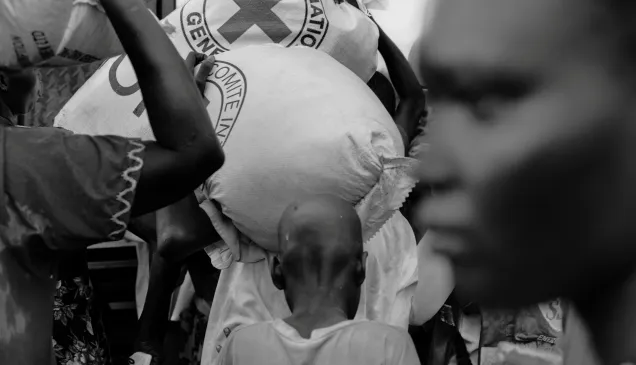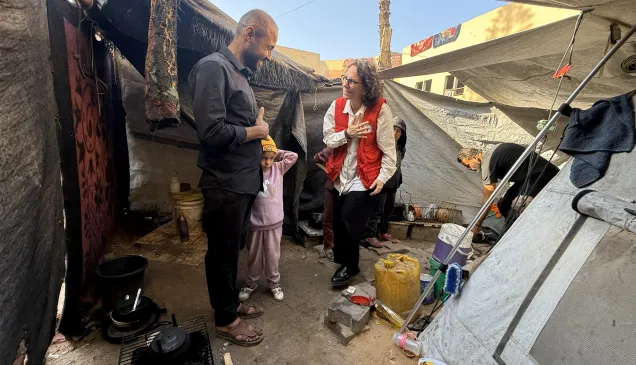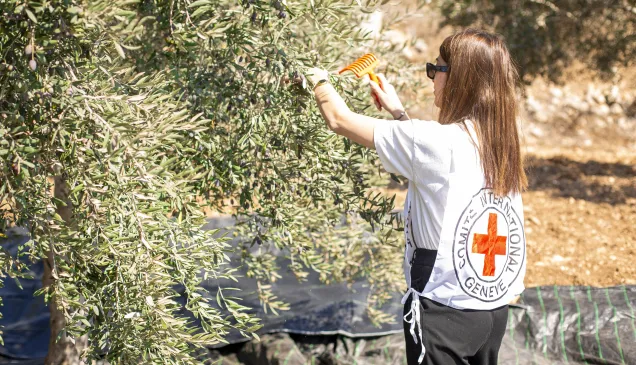This is Doaa Yasseen. She's 11 years old and lives in Gaza City. She lost her right hand on 6 May 2015. Walking home from school, she spotted what she thought was a toy and picked it up. It turned out to be an unexploded device from past conflicts. The doctor told her family if she was not transferred to the hospital in Nablus, the amputation would be more severe. There, Doaa had eight surgical operations, and was in hospital for 52 days.
When "toys" explode in Gaza
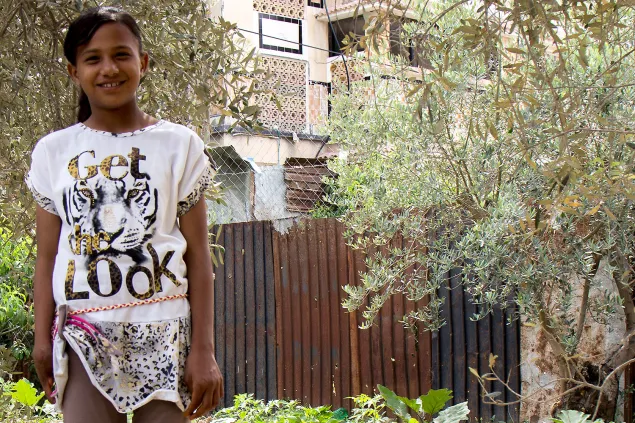
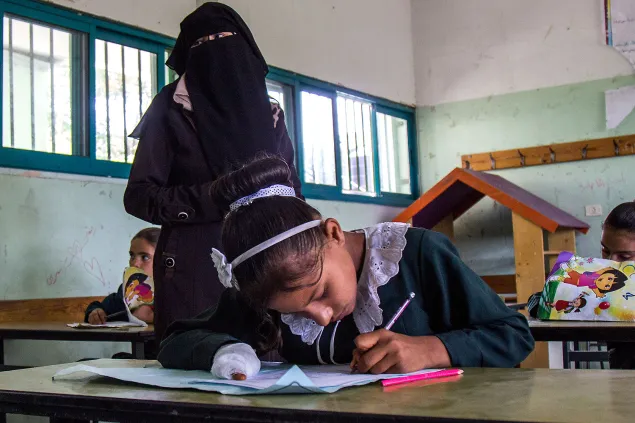
Doaa was one of the star students before the explosion. Her performance has suffered since then, although she's still a good student. “Writing with my left hand has been one of the hardest things for me,” says Doaa, sitting at her desk.
“Her injury has had psychological consequences. It affects her self-confidence; she covers her right hand with a white gauze most of the time in the classroom,” says Noha, the school principal.
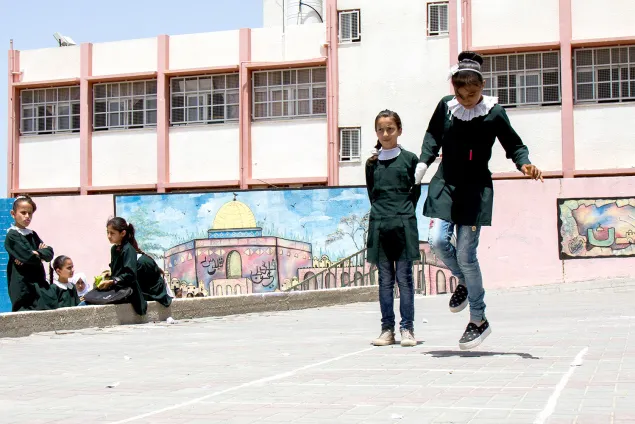
“When I came back to school I didn't want to play with my classmates. But they've all been very supportive and we still play together like we used to do,” says Doaa. When she was finally released from the hospital, the school exams had finished. The school organized a special committee for her to take the exams and, after passing them, she moved up to the fifth grade.
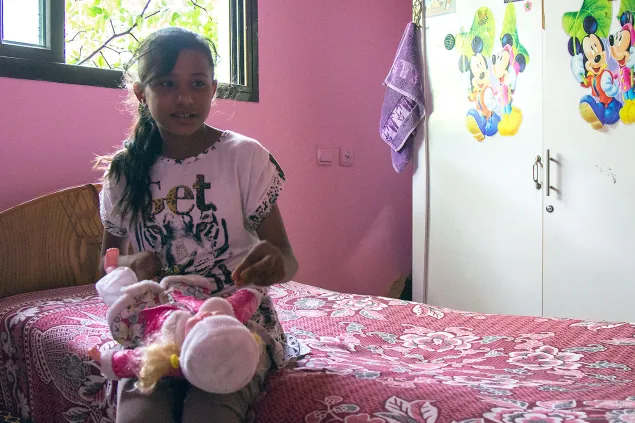
“Doaa sometimes feels vulnerable and overwhelmed," says Fadwa, Doaa’s mother. "She asks me why it happened to her and she hides in her room when we have visitors. The whole family is supporting her. We don't have many savings and we don't earn much. But we bought her a tablet when she left the hospital. Her brothers understand that Doaa needs our attention."
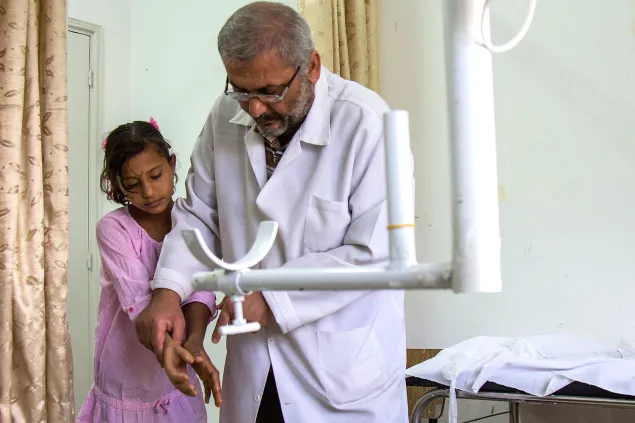
Doaa first came into contact with the ICRC when they came to her school to talk about the dangers of unexploded remnants of war. These sessions aim to promote safe behaviour among students and teachers alike. When ICRC staff met Doaa and learnt about what had happened, they explained to her family that the Artificial Limbs and Polio Centre in Gaza City could fit her with an artificial hand.
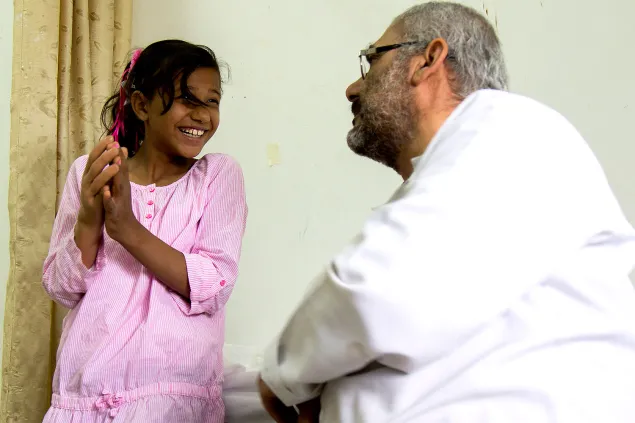
After a few weeks, Doaa got her new hand. “Can I use nail polish on it?” was the first thing she asked the doctor. More than a year after the incident, Doaa is still adapting. The psychosocial support she receives at the Artificial Limbs and Polio Centre is helping her along the way.
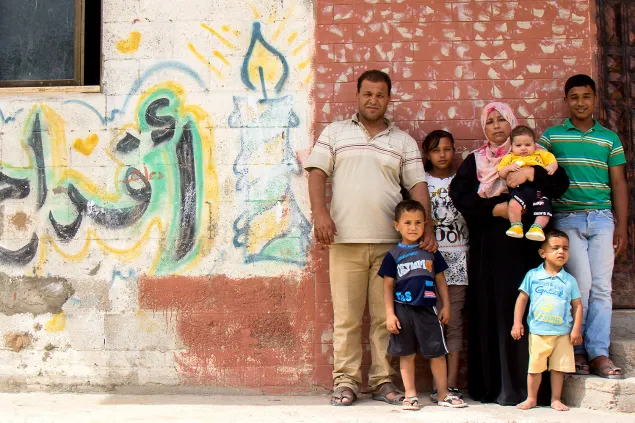
Doaa is one of ten children – six boys and four girls. The eldest, Tamer, who was the one who found Doaa lying on the ground after the explosion covered in blood, lives in the family home with his wife and two children. Alaa Yaseen, Doaa’s father, is a 40-year-old construction worker who has lost his regular job owing to the restrictions on importing basic building materials into the Gaza Strip.
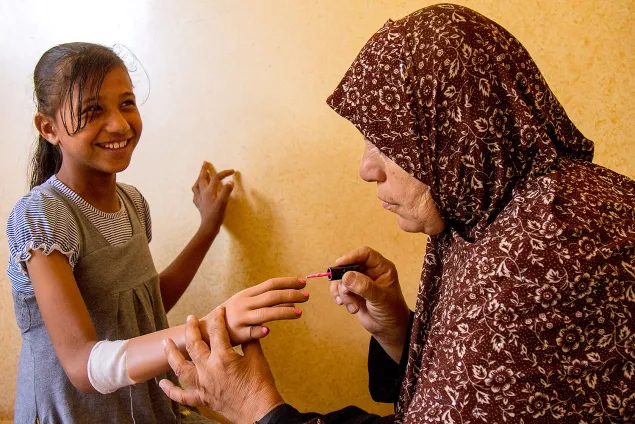
Doaa’s grandmother, who stayed with Doaa during her 52-day stay in the hospital in Nablus, paints her fingernails. After leaving hospital Doaa had to take another few months off school to have physical rehabilitation to learn to write with her left hand.
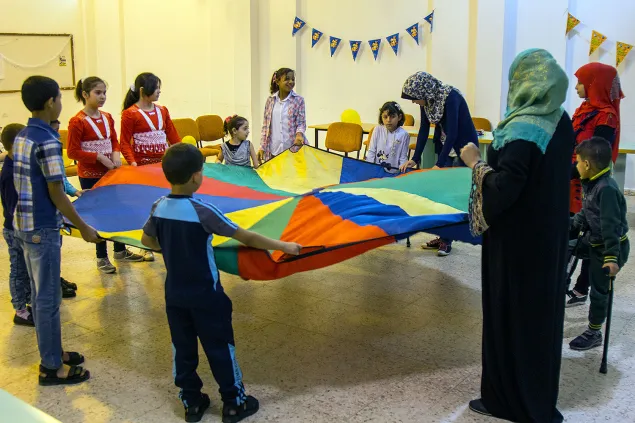
Doaa attends therapy sessions with other children who have had the same experience. The sessions help them look to the future with a positive outlook. Doaa's mother Fadwa admits that the whole experience has placed an emotional strain on their family.
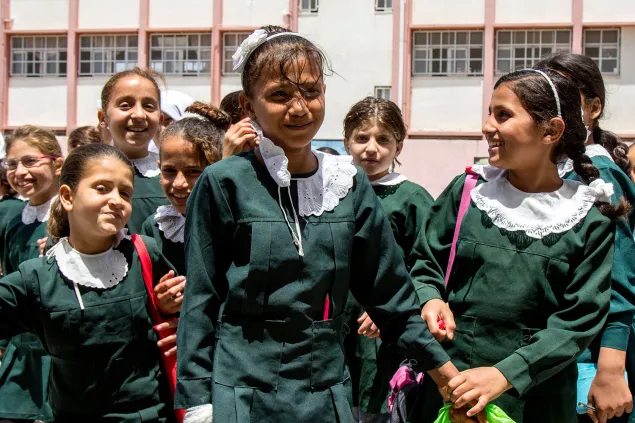
Although it's been nearly two years since the last war in the Gaza Strip, its consequences continue to haunt the population. Doaa is just one of many children whose lives have been permanently altered by unexploded remnants of war.
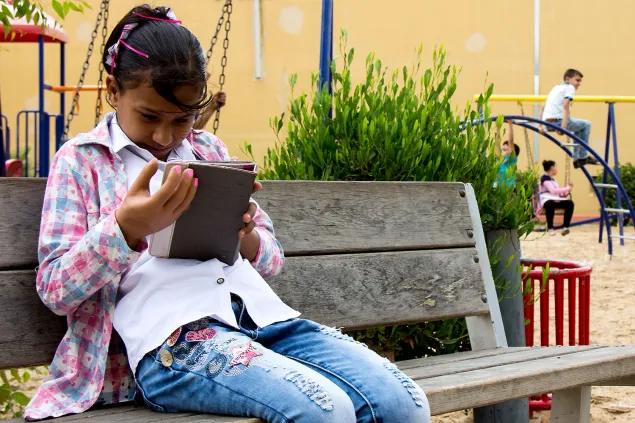
Doaa plays with her tablet in a playground in Gaza City after the counselling session. Gaza has one of the highest birth rates in the world. People here continue to hope that one day their children will be able to play without the fear of innocent games turning bloody.

